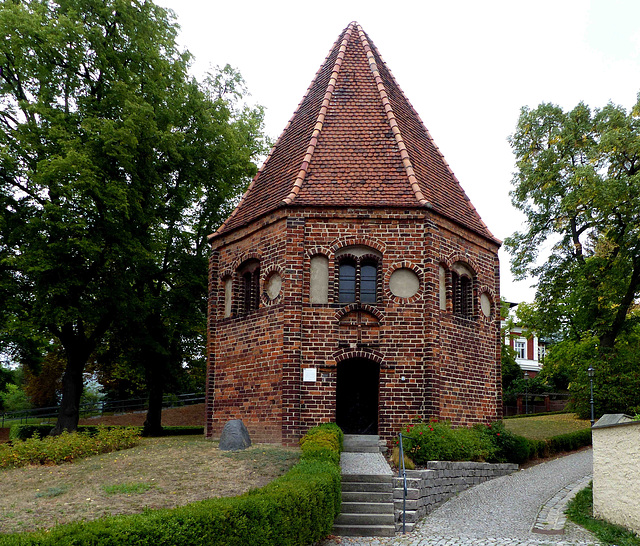Havelberg - Dom Sankt Marien
Havelberg - Dom Sankt Marien
Havelberg - Dom Sankt Marien
Havelberg - Dom Sankt Marien
Havelberg - Dom Sankt Marien
Havelberg - Dom Sankt Marien
Havelberg - Dom Sankt Marien
Havelberg - Dom Sankt Marien
Havelberg - Dom Sankt Marien
Havelberg - Dom Sankt Marien
Havelberg - Dom Sankt Marien
Havelberg - Dom Sankt Marien
Havelberg - Dom Sankt Marien
Redekin - Dorfkirche
Redekin - Dorfkirche
Redekin - Dorfkirche
Redekin - Dorfkirche
Redekin - Dorfkirche
Burg - Oberkirche Unser Lieben Frauen
Burg - Oberkirche Unser Lieben Frauen
Burg - Oberkirche Unser Lieben Frauen
Burg - Oberkirche Unser Lieben Frauen
Burg - Oberkirche Unser Lieben Frauen
Havelberg
Havelberg - St. Laurentius
Havelberg - St. Laurentius
Havelberg
Sandau
Sandau - St. Laurentius und St. Nikolaus
Sandau - St. Laurentius und St. Nikolaus
Sandau - St. Laurentius und St. Nikolaus
Sandau - St. Laurentius und St. Nikolaus
Schönhausen - St. Marien und Willebrord
Schönhausen - St. Marien und Willebrord
Schönhausen - St. Marien und Willebrord
Schönhausen - St. Marien und Willebrord
Schönhausen - St. Marien und Willebrord
Wust - Dorfkirche
Wust - Dorfkirche
Melkow - Dorfkirche
Melkow - Dorfkirche
Jerichow - Kloster Jerichow
Jerichow - Kloster Jerichow
Jerichow - Kloster Jerichow
Jerichow - Kloster Jerichow
Location
See also...
Keywords
Authorizations, license
-
Visible by: Everyone -
All rights reserved
-
26 visits
Havelberg - St. Annen und Gertraudenkapelle


With a victory in the Battle of Lenzen in 929, the Saxens made a significant advance into the dominion of the Slavic tribes. Shortly thereafter, the area around Havelberg was conquered and a castle complex was built on the ridge. Otto I continued the conquest of eastern Elbe areas and founded the bishopric of Havelberg as a suffragan diocese of the Archdiocese of Magdeburg. The settlement of a bishopric in Havelberg suggests that the place represented a regional center as early as the 10th century and possibly before. As early as 983, a rebellion broke out among Slavic groups, during which the bishopric of Havelberg was conquered. It was not until 1130 that King Lothar III succeeded. to recapture the place. The city was built in the middle of the 12th century, spatially separate from the cathedral district, on a promontory in a bend in the Havel River, that was made to an island for strategic reasons.
The octagonal chapel dates back to the 15th century. The steep tent roof is covered with tiles and the massive, original roof construction made of half-timbering is still hidden underneath. The chapel belonged to the nearby Hospital St. Gertraut and St. Annen which supplied the crowds of pilgrims who passed through Havelberg on their way to Wilsnack (20 km north).
In 1383, Heinrich von Bülow had used the absence of the Wilsnack community, which was staying in Havelberg for the annual cathedral consecration festival, to attack Wilsnack and burn it down.
According to legend, the returning priest found the ruins of the burnt church. The following night, in a dream, the priest heard a voice telling him to return to the church. When he returned to the church with the congregation, they found the charred altar slab, covered with a cloth, on which lay three communion wafers, almost intact from the fire. Each carried a red drop of blood. Already in 1384 Pope Urban VI. issued a letter of indulgence for the reconstruction of the church in Wilsnack. As a result, the reputation of the blood miracle spread throughout Europe, and Wilsnack developed into one of the central places of pilgrimage in Northern Europe.
The octagonal chapel dates back to the 15th century. The steep tent roof is covered with tiles and the massive, original roof construction made of half-timbering is still hidden underneath. The chapel belonged to the nearby Hospital St. Gertraut and St. Annen which supplied the crowds of pilgrims who passed through Havelberg on their way to Wilsnack (20 km north).
In 1383, Heinrich von Bülow had used the absence of the Wilsnack community, which was staying in Havelberg for the annual cathedral consecration festival, to attack Wilsnack and burn it down.
According to legend, the returning priest found the ruins of the burnt church. The following night, in a dream, the priest heard a voice telling him to return to the church. When he returned to the church with the congregation, they found the charred altar slab, covered with a cloth, on which lay three communion wafers, almost intact from the fire. Each carried a red drop of blood. Already in 1384 Pope Urban VI. issued a letter of indulgence for the reconstruction of the church in Wilsnack. As a result, the reputation of the blood miracle spread throughout Europe, and Wilsnack developed into one of the central places of pilgrimage in Northern Europe.
Paolo Tanino, Alexander Prolygin have particularly liked this photo
- Keyboard shortcuts:
Jump to top
RSS feed- Latest comments - Subscribe to the comment feeds of this photo
- ipernity © 2007-2024
- Help & Contact
|
Club news
|
About ipernity
|
History |
ipernity Club & Prices |
Guide of good conduct
Donate | Group guidelines | Privacy policy | Terms of use | Statutes | In memoria -
Facebook
Twitter

Sign-in to write a comment.